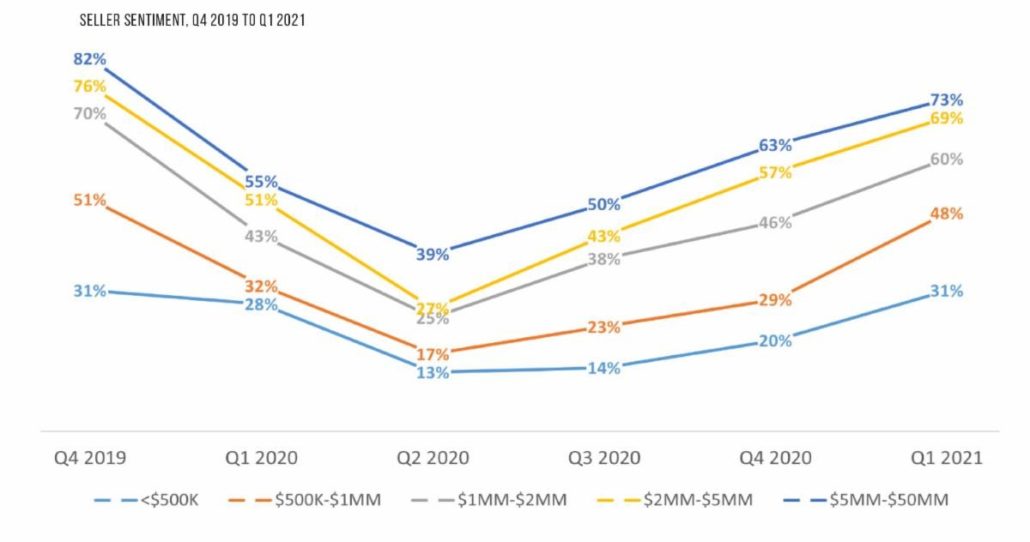M&A’s dirty playbook
If you work in M&A, you can take a class on how to take advantage of people. It’s true! Buyers can go through mergers and acquisitions training, at some of the most prestigious universities, learning how to pay as little as possible for a family-owned business or privately held company.
M&A transactions are complex, and it’s natural that buyers and sellers will have some competing interests. When both parties come to the table in good faith, with a commitment to finding a workable agreement, these negotiations don’t have to be overly contentious.
But when buyers are out to do their worst, negotiations can devolve into a hostile power play. Worse yet, some sellers don’t know enough to push back. They get steamrolled and taken advantage of by specialists who wake up every morning intent on getting the best possible deal for their investors, at all costs.
These buyers know what they’re doing and they’re willing to play dirty to get what they want. Here are some of the tactics they might use:
Tie you up in exclusivity
Many M&A negotiations include a no-shop clause. This is a period of exclusivity when the seller cannot solicit offers from other parties. The due diligence process is expensive for buyers, so sellers sign these agreements as an act of good faith, giving buyers some security that their investment will be worthwhile.
Typically, a no-shop clause has a near-term expiration date and are only in effect for a couple of months (45—90 days). Buyers with a lot of leverage, and those working with inexperienced sellers trying to represent themselves, will work hard to tie you up in exclusivity for as long as possible.
If they can get away with it, the no-shop clause won’t have any expiration date at all, allowing the buyer to drag their feet indefinitely. Which brings us to the next strategy…
Drag it out
The goal here is to wear the seller down. They’ll request more and more documents. They’ll find “surprise concerns” they need to discuss with their team.
They’ll tell you, “We like your company, but we’re finding some issues we need to look into more. We need you to get us X, Y, Z.” They want to amplify tension, use up your mental energy, and distract you from the real work of running your business.
Re-trading the deal
At the end of the day, the whole play is about getting you to accept a lower value. You will have entered into exclusive negotiations based on certain expectations, but they’ll “uncover” issues to rationalize a price adjustment – an adjustment they were planning on from day one.
Play on your emotions
In the book of dirty plays, this one is a doozy. Buyers will find out key occasions in your life: your spouse’s birthday, your kid’s graduation date, your anniversary. And right before the big day, they’ll find something in due diligence and call an emergency meeting.
They’ll make you think the whole deal is going to blow up if you can’t make that meeting. Again, they’re looking to get you to wave the white flag of surrender.
In every industry, there are good and bad actors. Unfortunately, the bad ones are perfectly willing to engage in psychological warfare.
The less interaction the buyer and seller will have after a sale – i.e., the less future success hinges on the seller’s continued cooperation – the less incentive a buyer has to treat the seller fairly. Unsuspecting sellers can find themselves at the losing end of a winner-take-all kind of game.
It’s like a boxing match. You’re going into the ring at 0-0 and they’re at 40-2. They’ve been playing the game for two decades. I don’t care how strong you are, you’re not going to win that fight. That’s why it’s important to have professional, specialized advisors by your side before you enter the game.
For advice on exit planning or selling a business, contact Al Statz, CEO of Exit Strategies Group, Inc., at alstatz@exitstrategiesgroup.com. Exit Strategies Group is a partner in the Cornerstone International Alliance.














